From: 50.00$
From: 50.00$
Dr. Elahe Nakhaei is a PRP specialist with over ten years of experience in the field of regenerative medicine. PRP, or Platelet-Rich Plasma, is a cutting-edge therapy that utilizes the body’s natural healing abilities to treat a wide range of conditions, including sports injuries, arthritis, and hair loss.
Dr. Nakhaei is an expert in the use of PRP, having treated numerous patients with outstanding results. She works with the latest technology and cutting-edge techniques to ensure her patients receive the most advanced care. Dr. Nakhaei is dedicated to providing her patients with the highest-quality care, and she understands the importance of developing a personalized treatment plan for each individual. She is committed to staying up-to-date with the latest research and advancements in the field of regenerative medicine to ensure her patients receive the best possible care.
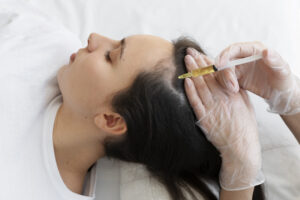 PRP stands for Platelet-Rich Plasma, a technique used in medicine to promote healing and tissue regeneration. It involves using a patient’s own blood, which is processed in a centrifuge to separate the red and white blood cells from the platelets. The resulting platelet-rich plasma is then injected into the affected area of the patient’s body, such as a joint or tendon.
PRP stands for Platelet-Rich Plasma, a technique used in medicine to promote healing and tissue regeneration. It involves using a patient’s own blood, which is processed in a centrifuge to separate the red and white blood cells from the platelets. The resulting platelet-rich plasma is then injected into the affected area of the patient’s body, such as a joint or tendon.
The platelets in PRP contain growth factors and other healing properties that can stimulate the body’s natural healing response. This can help to reduce inflammation, strengthen tissues, and improve blood flow to the affected area. PRP is commonly used in sports medicine to treat injuries such as tennis elbow, knee pain, and Achilles tendonitis. It can also be used in cosmetic procedures to promote hair growth or rejuvenate the skin. The use of PRP continues to evolve as research expands the medical community’s understanding of its therapeutic benefits.
PRP, or Platelet-Rich Plasma therapy, is a non-invasive cosmetic procedure that uses the patient’s own blood to stimulate skin healing and rejuvenation. This therapy is suitable for individuals who want to improve their skin’s texture, tone, and overall appearance without invasive surgery. PRP is recommended for those who have mild to moderate skin aging, fine lines and wrinkles, thinning or weak hair, acne scars, or uneven skin tone. It is also suitable for those who want to improve skin laxity and firmness.
PRP therapy is not suitable for every individual. Pregnant and nursing women should avoid the procedure, as well as people with certain medical conditions such as cancer, platelet dysfunction syndrome, blood disorders, and infections. Individuals who are taking blood thinners or are prone to keloids or scarring may also be unsuitable for cosmetic PRP therapy.
It is essential to consult with a licensed healthcare professional before undergoing cosmetic PRP treatment. They can thoroughly examine your medical history and current health status to determine if it is safe and appropriate for you. Additionally, those who have unrealistic expectations from the treatment or are not committed to the aftercare procedures may not benefit from it and should avoid it.
Here are some of the benefits of PRP treatment:
1. Natural-looking results: PRP therapy involves using your body’s own natural healing properties, which can result in natural-looking rejuvenation rather than an exaggerated or unnatural appearance.
2. Non-invasive: PRP therapy is a minimally invasive, non-surgical procedure that involves only a small amount of blood being drawn from the patient.
3. Versatile: PRP can be used to treat a range of cosmetic concerns, including improving skin texture, reducing wrinkles, and restoring hair growth.
4. Little downtime and recovery: PRP therapy has little downtime or recovery time, which means that patients can return to their daily activities shortly after treatment or the same day.
5. Long-lasting results: PRP therapy is known for producing long-lasting results for patients, with some patients seeing improvement for up to 12 months after treatment.
While PRP is considered a safe and minimally invasive procedure, there are potential complications that can arise from it.
Some of these complications include:
at the injection site. In rare cases, patients may experience an allergic reaction to the PRP solution used or an infection at the injection site.
There is also a risk of scarring if the injection is not performed correctly.
Additionally, there have been reports of blood vessel injury and accidental injection of PRP into blood vessels which can cause damage to surrounding tissue. Patients should discuss all potential risks and benefits with their healthcare provider before undergoing the cosmetic PRP procedure.
Before considering Platelet-Rich Plasma (PRP) therapy, it is important to seek medical consultation in order to identify and address any underlying medical issues. Patients with a history of blood disorders, chronic liver disease, and cancer should avoid PRP therapy. Also, patients taking blood thinning medications should stop the medication or seek medical advice before undergoing the treatment.
Smoking and alcohol can interfere with the effectiveness of PRP therapy, so patients should avoid these substances before and after receiving treatment. It is equally important to research and choose a highly experienced and certified medical professional whose practice specializes in PRP therapy.
Finally, patients should have realistic expectations as to the potential results and consider any possible risks associated with the treatment.
After a PRP treatment, it is important to take care of the treated area to ensure optimal results.
Patients should avoid touching or applying any pressure to the treated area for at least 24 to 48 hours. They should also avoid exposure to direct sunlight or heat, and avoid engaging in strenuous activities or exercises for at least a week after the treatment.
Patients are advised to drink plenty of water and follow a healthy diet rich in vitamins and minerals to help promote healing.
In addition to these self-care measures, patients should follow up with their healthcare provider for additional treatments if necessary, and report any signs of infection or complications. With proper aftercare, patients can expect to experience long-lasting benefits from PRP therapy.
| City | |
|---|---|
| Hotel | |
| Visa | |
| Translator | |
| Transfer | |
| Stay at Hospital | |
| Language | |
| Insurance | |
| Stay at Hotel | |
| City Tour |
Only logged in customers who have purchased this product may leave a review.
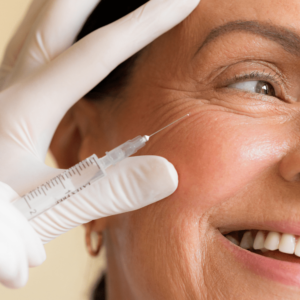
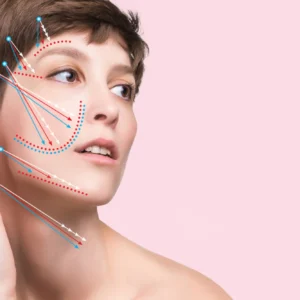
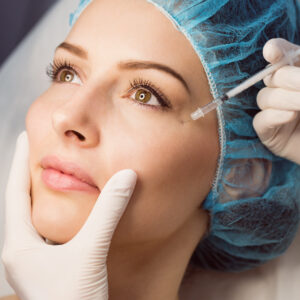
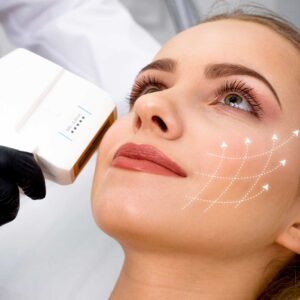
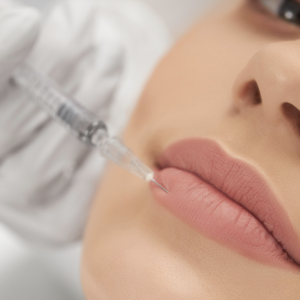
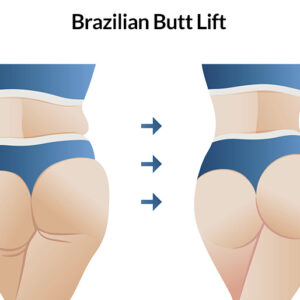
Reviews
There are no reviews yet.